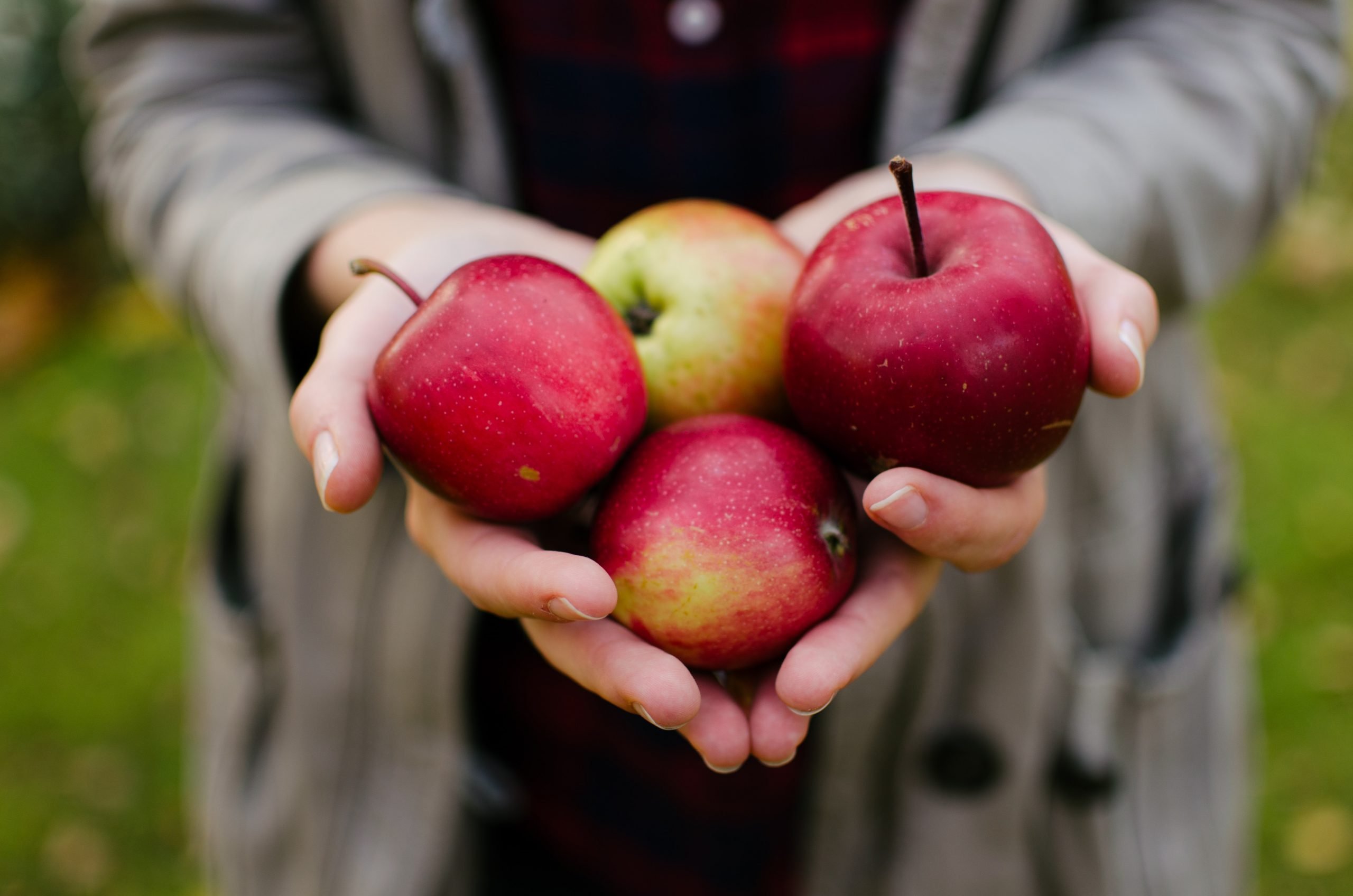Prepared by: Rachel Murray, R.H.N.
What does Organic really mean?
‘Organic’ has become a very loose and overused term in our society. However, the systems that have been put in place, which I should add, are constantly evolving, that regulate organically grown foods and products are highly valued by those involved in both the production and consumption of these products. The term ‘certified organic’ is given to products that have met the high standards of this process.
“In Canada, this system is governed by government organic standards and regulations and applies to both domestic and imported products. Canada’s organic standards are among the most recognized in the world, and place strict limits and prohibitions on the use of toxic and persistent pesticides; synthetic fertilizers; the routine use of drugs, antibiotics or synthetic hormones; animal cloning; genetic engineering (“GMOs”); sewage sludge (“biosolids”); and irradiation. Organic standards also forbid the use of artificial food colours, flavours, sweeteners, preservatives and many other processing aids and ingredients in processed foods.” (Canada Organic Trade Association, 2014)
However, the process of approving foods and products is confusing and blurred. According to the Organic Council of Ontario, knowing what is and isn’t truly organic is difficult, stating “In Ontario it’s hard to tell. The word “organic” is not regulated in Ontario unless products leave the province”.
How Do We Tell If It’s Really Organic?
Thankfully, there are supporters of organically grown foods and products, such as the Organic Council of Ontario, (you can visit their site at https://www.organiccouncil.ca/) that are working hard to make sure that the process becomes more simplified & transparent. One such way they are doing this is by providing consumers access to an online directory (called the Ontario Organic Directory) where you can search your products by area, and is available at https://ontariofresh.ca/
However, as we’ll discuss in the next section, if you stick to only products that are labelled ‘certified organic’ you could be missing out on many great opportunities to obtain fresh, local, organically grown and raised products available right in your own community.
The Downside of Organic Farming
A caveat to this is that many farms are raising animals and growing foods and products that follow organic processes, however are not certified due to the financial constraints involved. So, although their products are technically organic, they cannot market them as such. Many dedicated organic farmers must obtain another ‘day job’ just to keep their farm up and running as organic farming is so costly and not necessarily profitable.
To help you become more informed and determine the best sources of organic products in your area, and support your local farmers here are my suggestions;
- Seek out the manager of your local grocery store to find out the source of their products
- Visit your local health food store – they usually focus on organic, locally sourced products and owners/managers really get to know their suppliers
- Get to know the vendors at your local farmer’s market – they can walk you through the process of how they grow and/or raise their products
- Research & join a trusted community support agriculture (CSA) and get access to fresh, local, organic products every week
Another issue comes with our expectations that foods should look perfect; we easily pass over an apple with one small bruise, or a lettuce leaf with a couple holes or dark spots. These foods may be superior in nutrients & taste but because they haven’t been subjected to the pesticides or preservatives they are more fragile. This can lead to a lot of added waste in our already wasteful society.
Now, I’m not suggesting you be reckless and eat foods that are spoiled or obviously not fit for consumption but try to be open minded and not pass over foods that might just be blemished to help cut down on food waste.
Why does Organic matter?
So with all this being said, depending on the food itself, organic vs. non-organic may not necessarily make a huge difference. Some foods are naturally more hardy and don’t require the use of pesticides, even with large scale farming, or they have a thick skin and do not absorb pesticides into the flesh that is consumed.
The Environmental working group has created a great guide call the “Dirty Dozen & the Clean 15”. This guide looks at produce that are most likely, and least likely to come in contact with, and contain pesticides, as well as likelihood that the product has been genetically modified. They suggests that those products listed on the “Dirty Dozen” list always be obtained from organic sources, while those on the “Clean 15” list are likely safe to consume with organic certification. Of course, there are always exceptions to the rules, so I encourage you to check out the complete lists,. they can be accessed here: https://www.ewg.org/foodnews/dirty-dozen.php & https://www.ewg.org/foodnews/clean-fifteen.php
Where’s the best place to find Organic foods
We have covered this briefly in the above sections, but here are my recommendations to finding the best sources of organically grown foods (which may or may not be labelled as certified organic or organic);
- Health food stores
- Farmers markets & Community Supported Agriculture (CSA)
- Grow your own
Resources
Canada Organic Trade Association https://www.ota.com/canada-ota
Organic Council of Ontario https://www.organiccouncil.ca/
Ontario Fresh (organic directory) https://ontariofresh.ca/
Environmental Working Group https://www.ewg.org/foodnews/dirty-dozen.php & https://www.ewg.org/foodnews/clean-fifteen.php
Think Canada Organic – https://choosecanadaorganic.ca/organic101/
